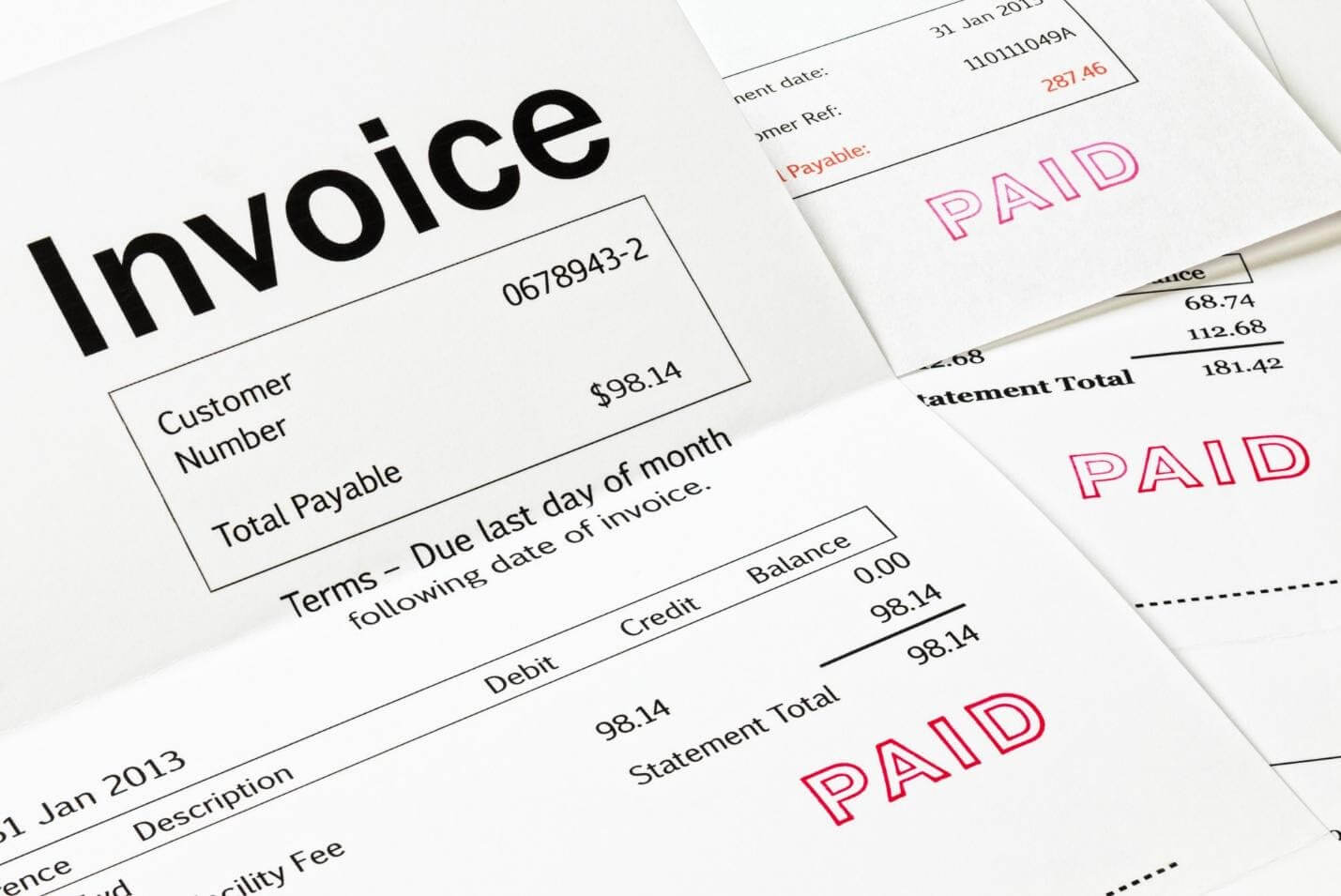Whether you’re a customer or you’re running a business of your own, you’ve probably heard of two key financial documents: An invoice and a Receipt.
Both of these business documents are common ways to itemize the details of a purchase and to list the items’ total value. However, while many people throw these terms around interchangeably, the truth is that there’s a significant difference between the two—and it often pays to be aware of it.
If you’re wondering when you should expect to see or use each document, we’ve got you covered. Here’s what to know about the difference between invoices and receipts.
What Is an Invoice?
An invoice is a financial document that acts as a request for payment. After a seller has given a product or service to a customer, they will send an invoice billing the customer for the agreed-upon amount.
This type of financial record may look different from company to company, but invoices tend to have a few specific fields in common. They will provide an itemized list of all products and services provided to the customer, the prices of all products and services, and the total amount due. Most invoices will also include additional details about the transaction, such as the company’s contact information, the date of the invoice, and the types of payment the company accepts.
If you’re looking for examples to help visualize what these company documents look like, or if you want to create your own, check out this free invoice template.
What Is a Receipt?
While an invoice acts as a billing document that requests payment, a receipt is a document that customers receive after they have paid for a good or service.
In other words, one key difference between an invoice and a receipt is that a receipt can act as proof of purchase. In contrast, an invoice doesn’t always mean the customer made a purchase or paid for one: it is simply a request. If you’re running a business, you’ve probably struggled to follow up on past-due invoices!
Like invoices, receipts tend to have a few fields in common. You’ll often see an itemized list of all products and services sold to the customer, the date of sale, and the total amount that the customer paid. You’ll also see information about applicable sales tax, fees, discounts, and coupons.
Brick-and-mortar businesses tend to provide physical receipts after a customer has checked out, though some will also offer an email copy instead. Online storefronts will offer electronic copies via email.
Know the Difference Between These Crucial Business Documents
Whether you’re a business owner managing finances or a customer trying to understand a document you’ve received, it’s important to understand the difference between an invoice and a receipt. Both of these business documents can help sellers and buyers keep track of goods and services, but it’s helpful to know which one you’ll see when—and how to tell whether or not payment is still necessary.
Looking for more of the key financial and business guides you need? Be sure to check out our other posts, which are packed with additional tips and tricks!
